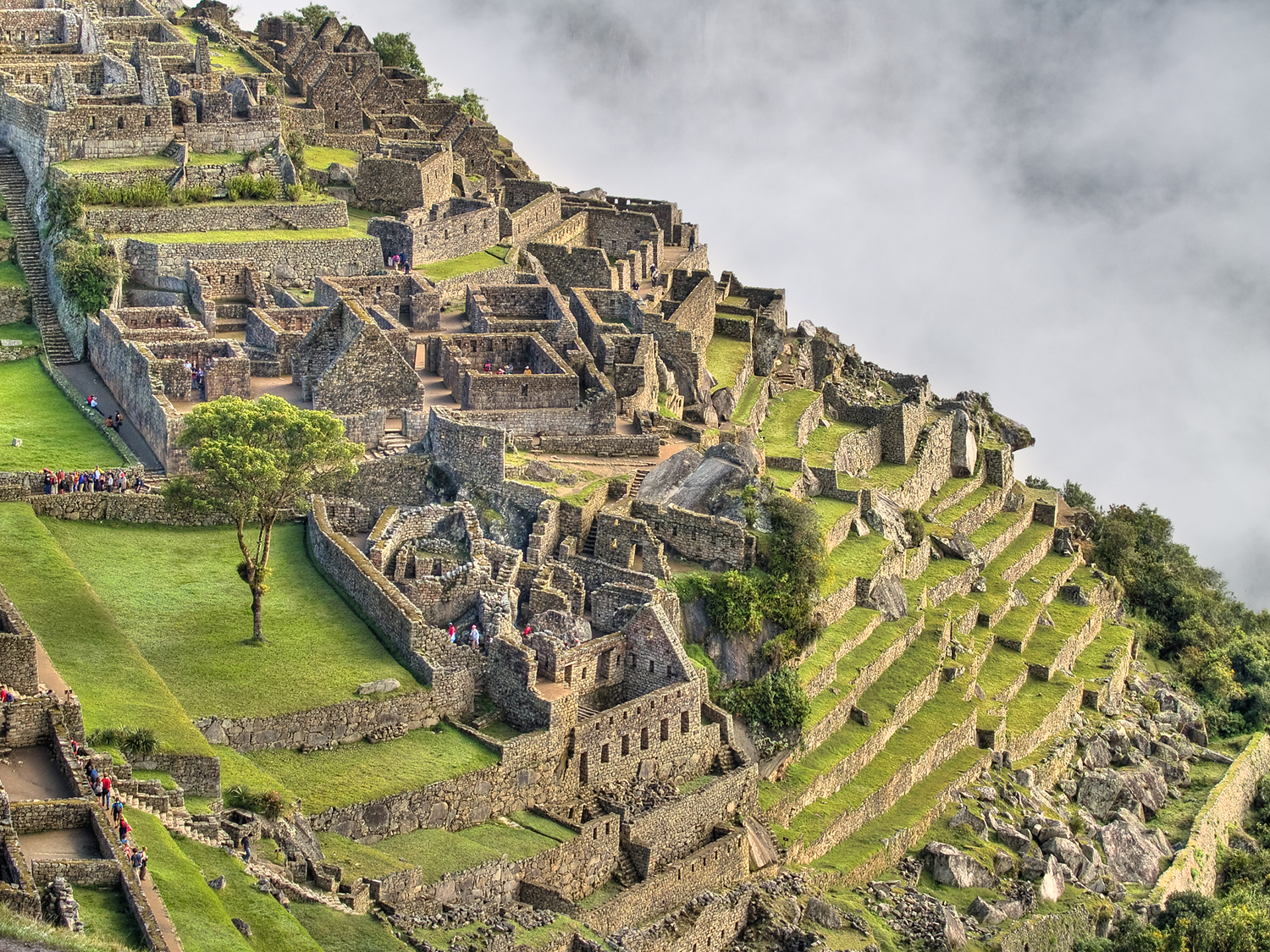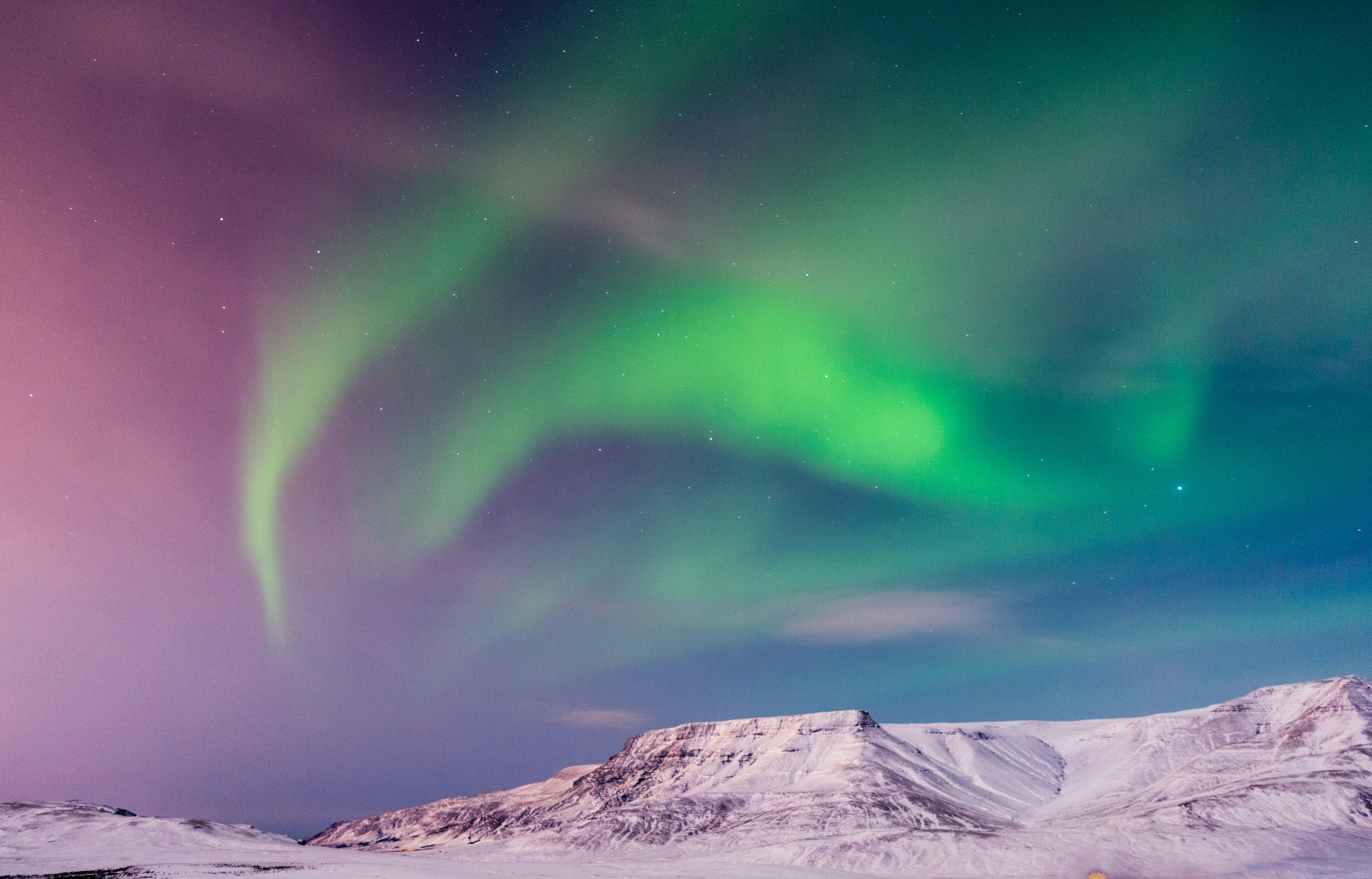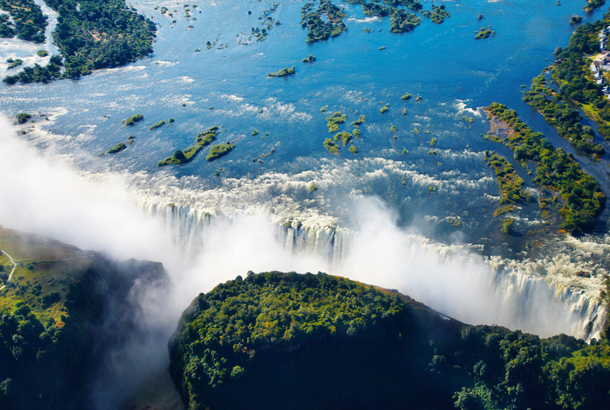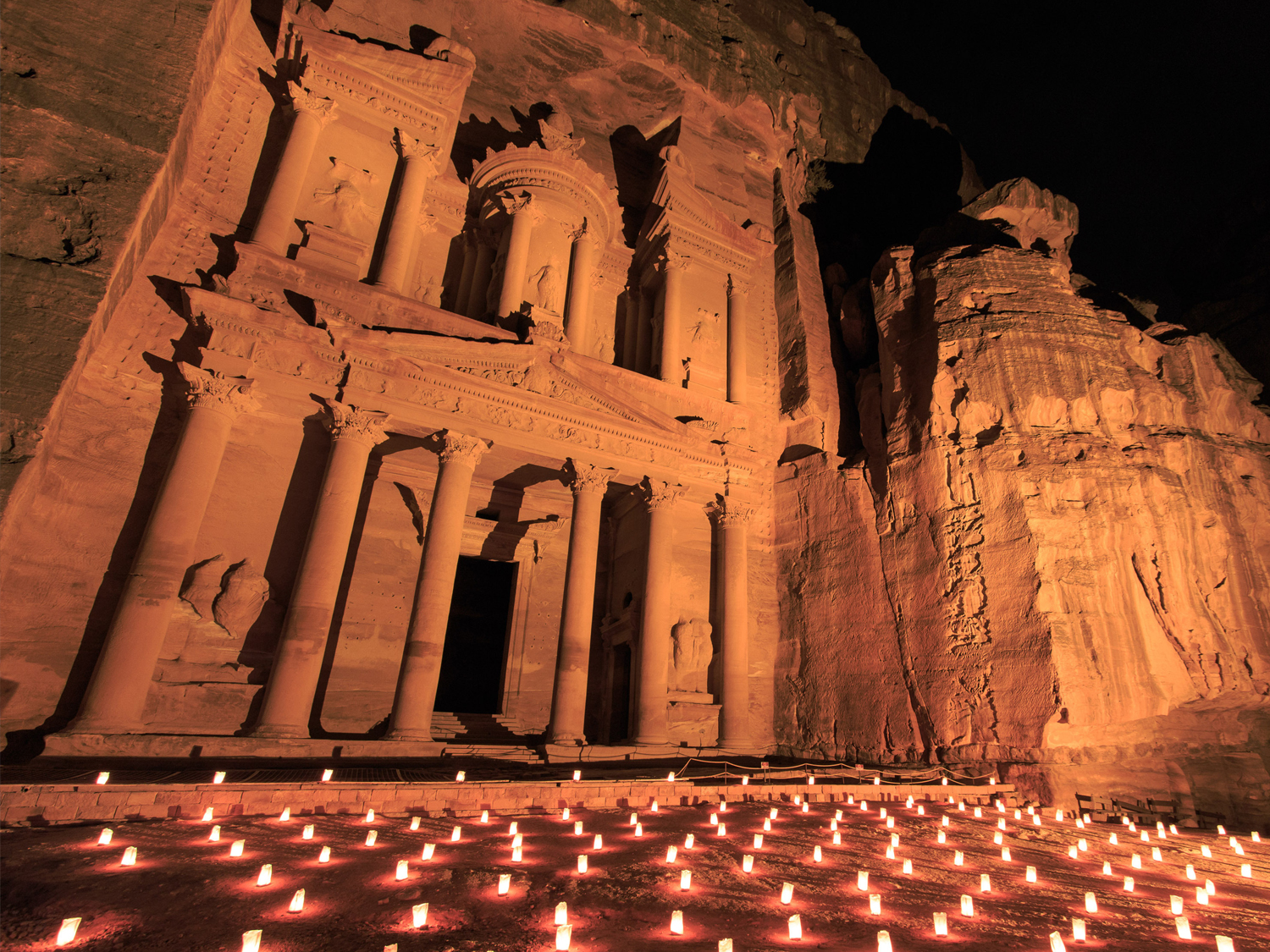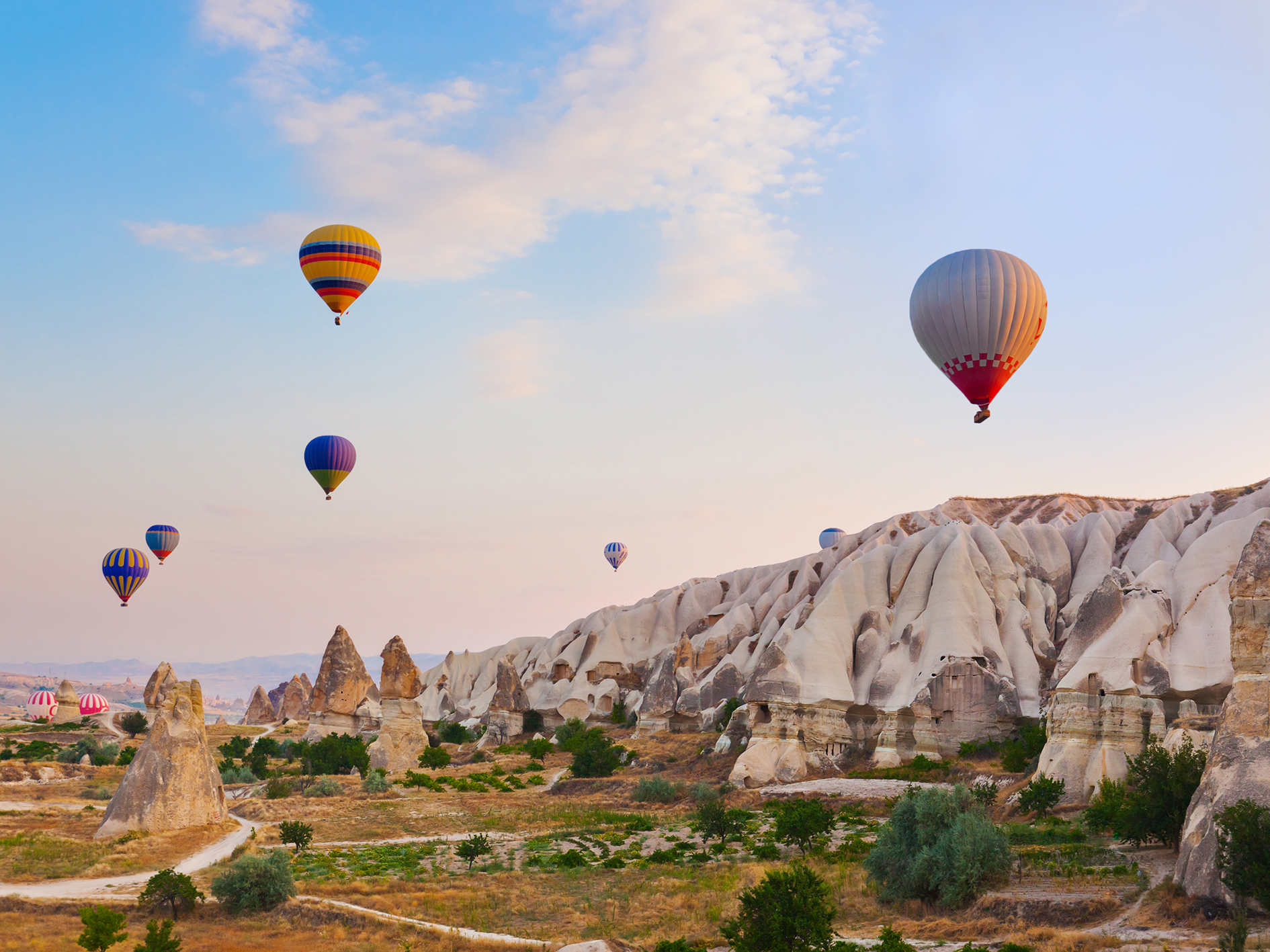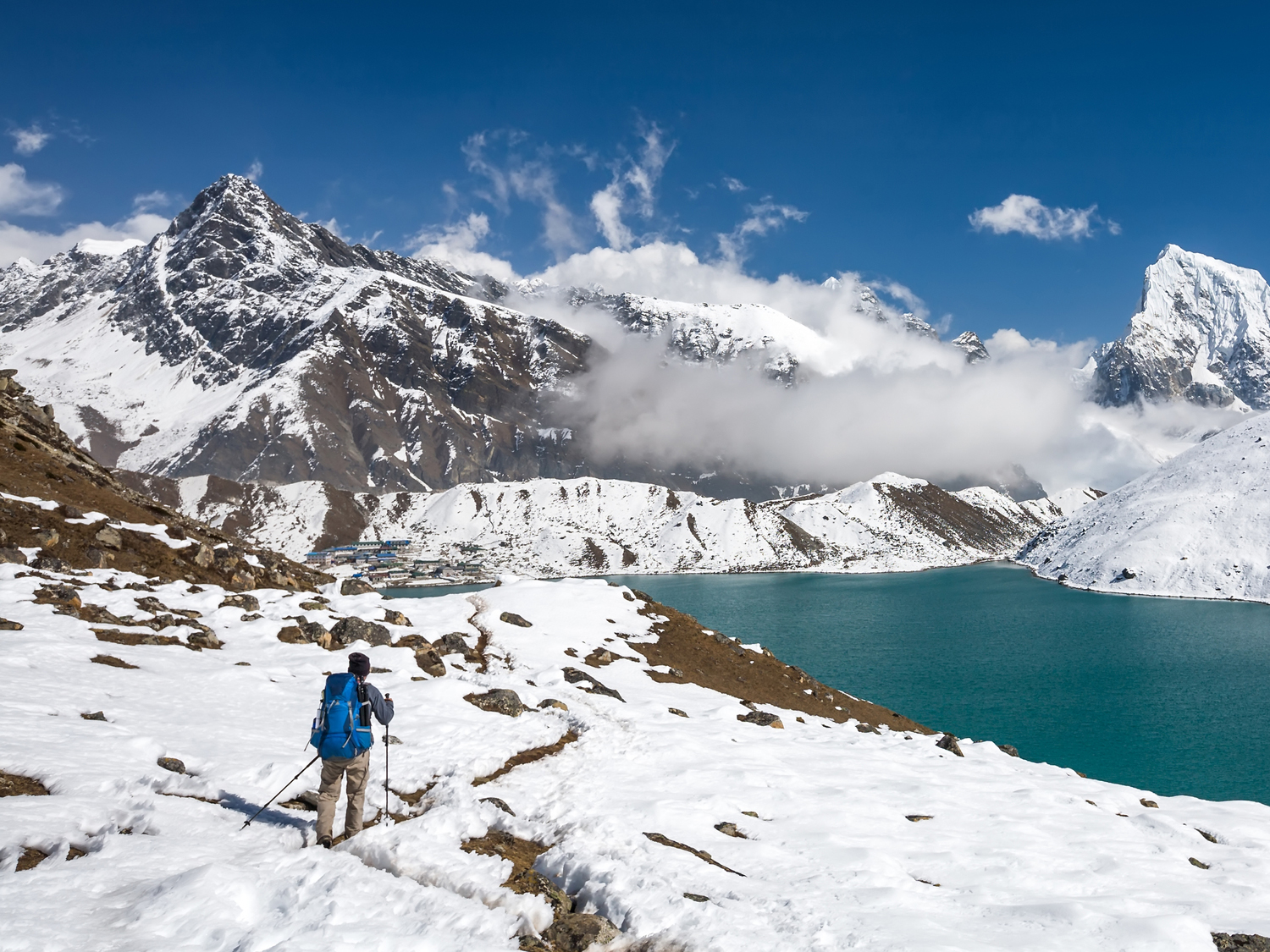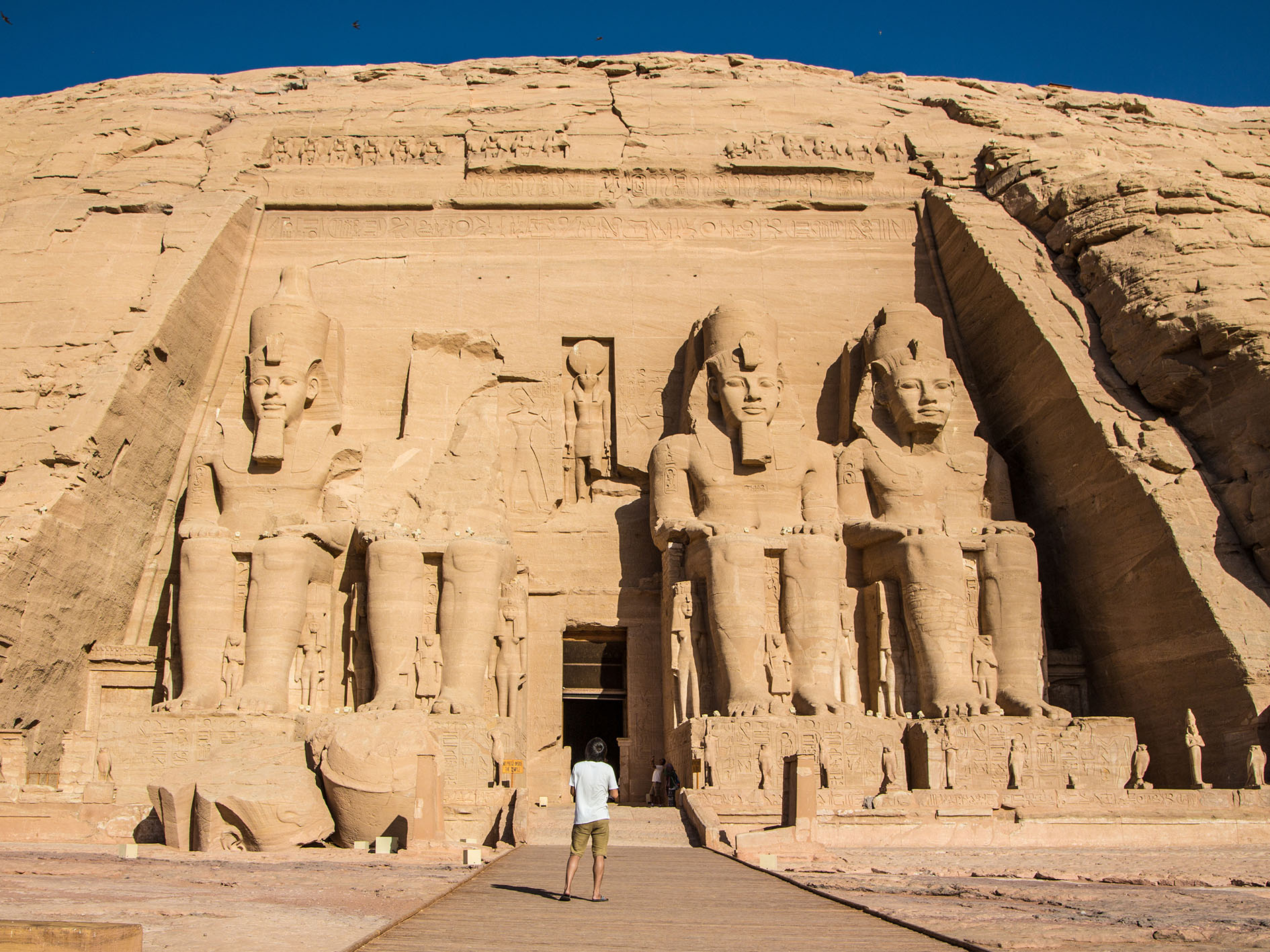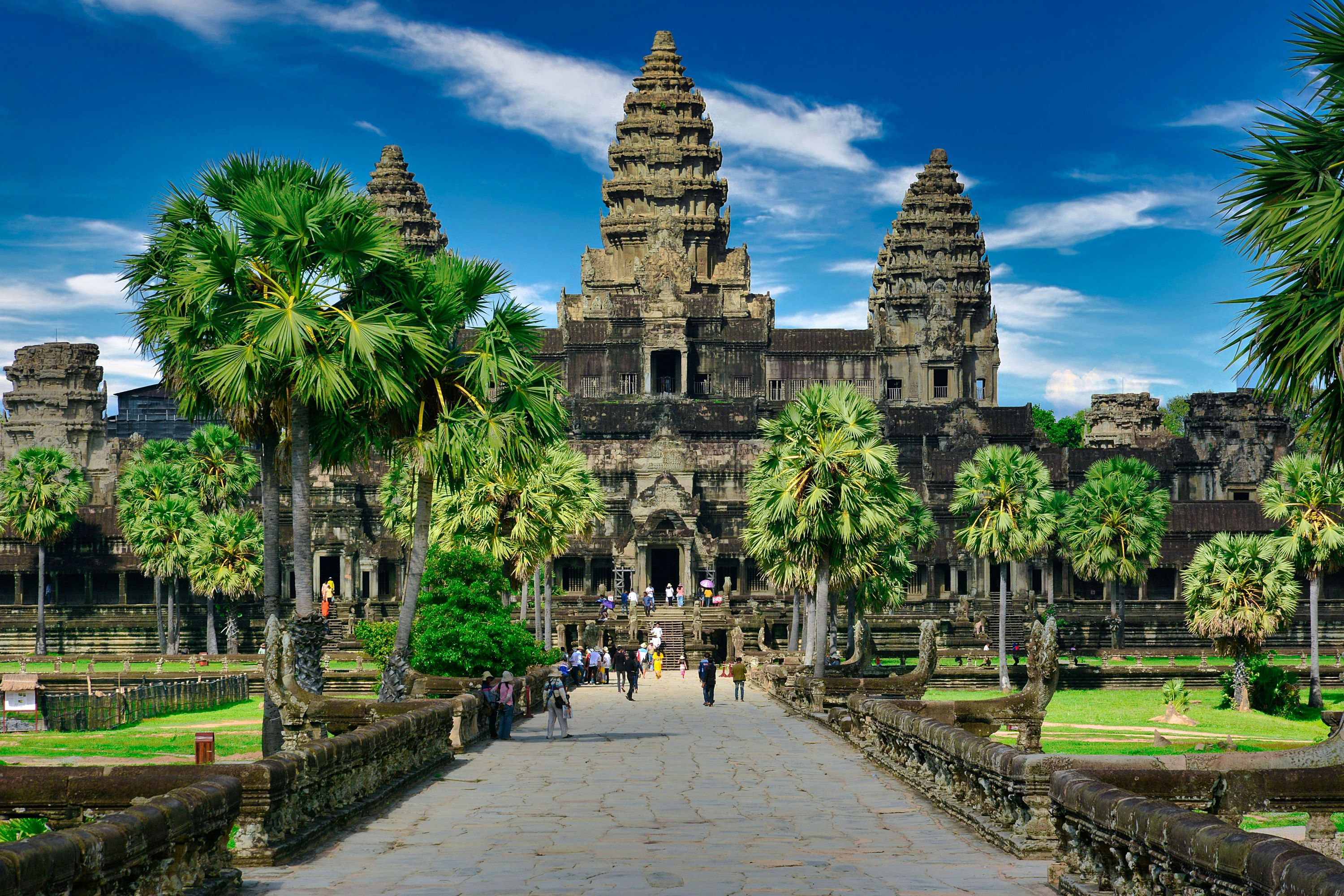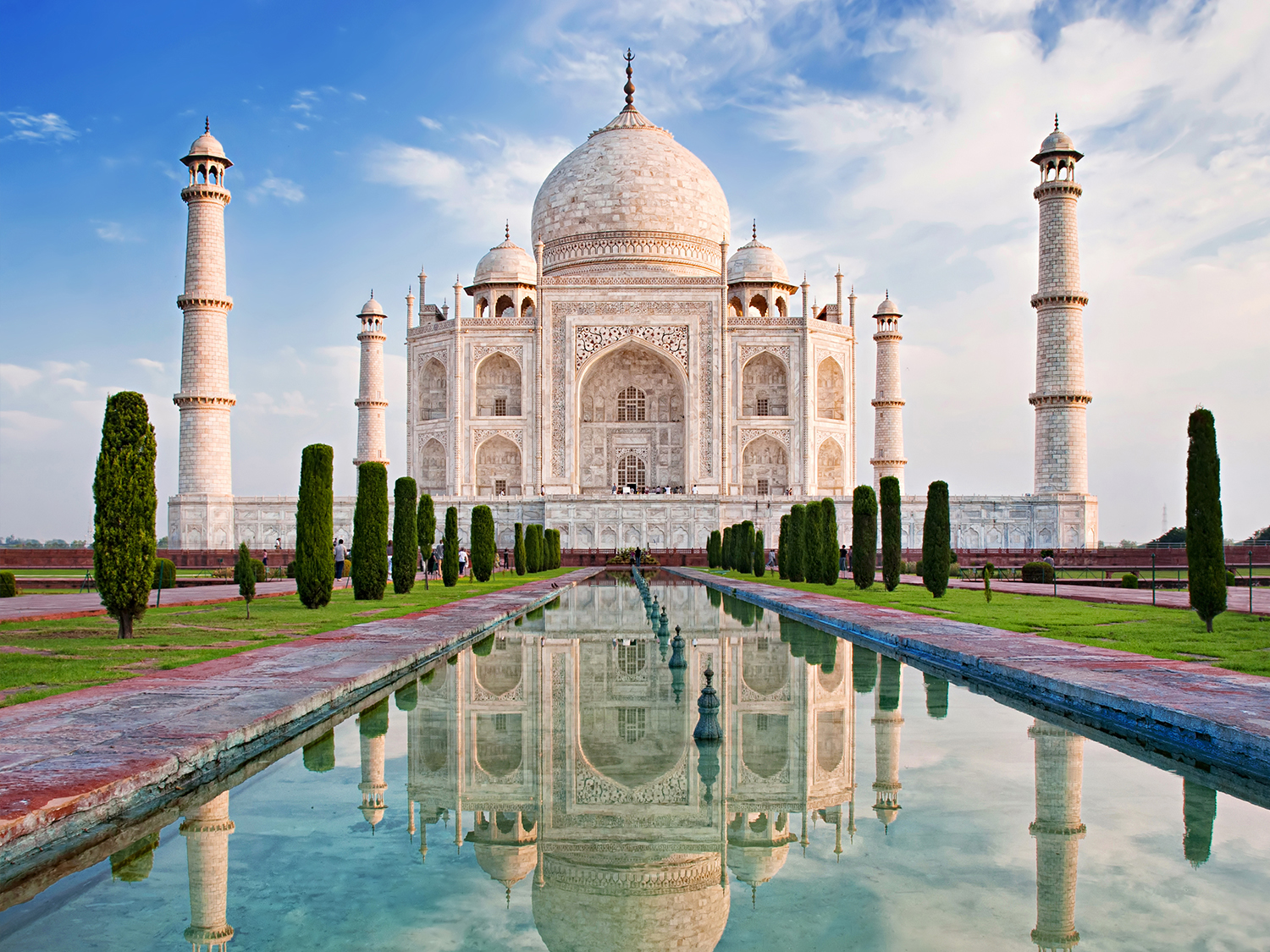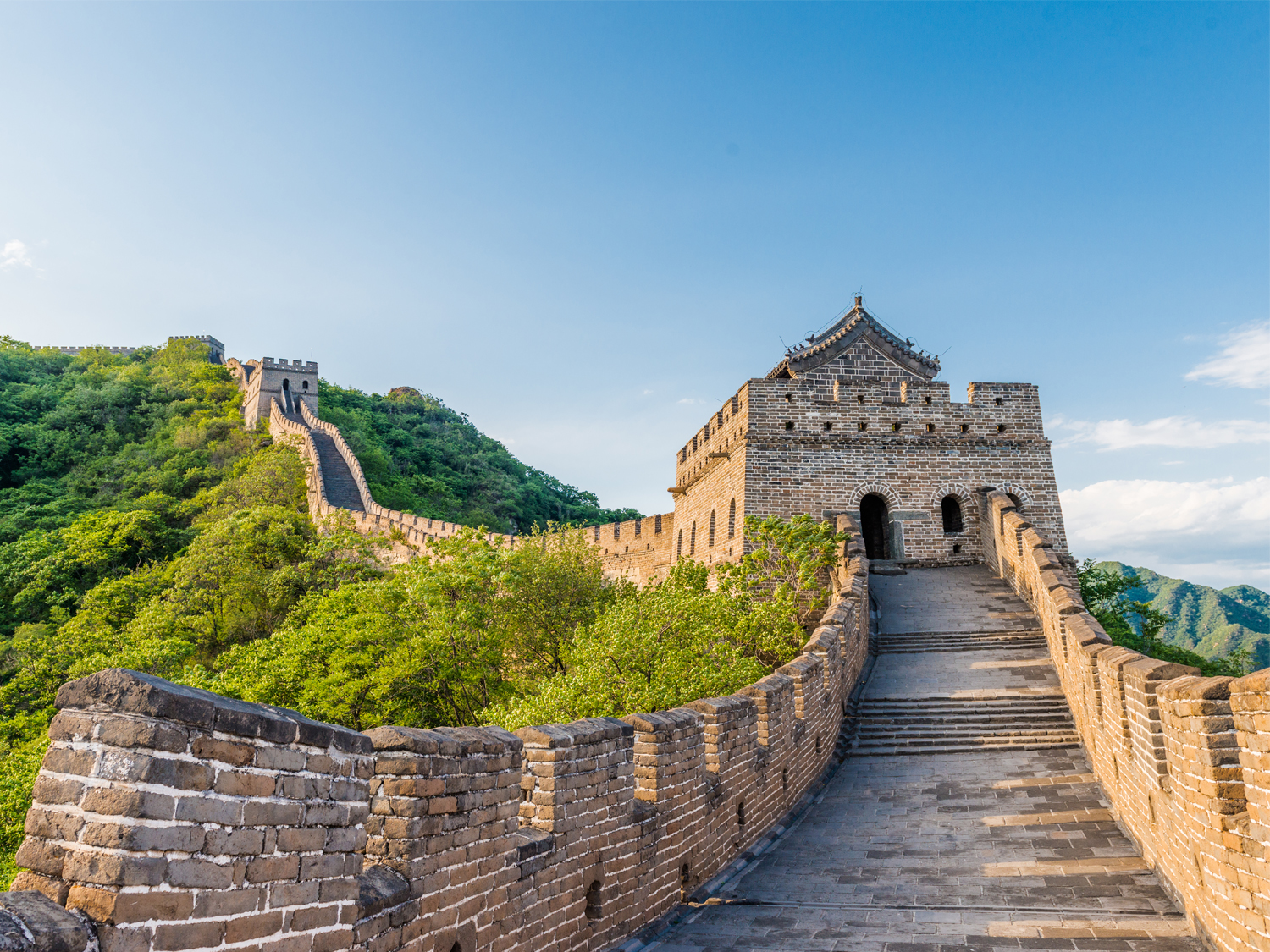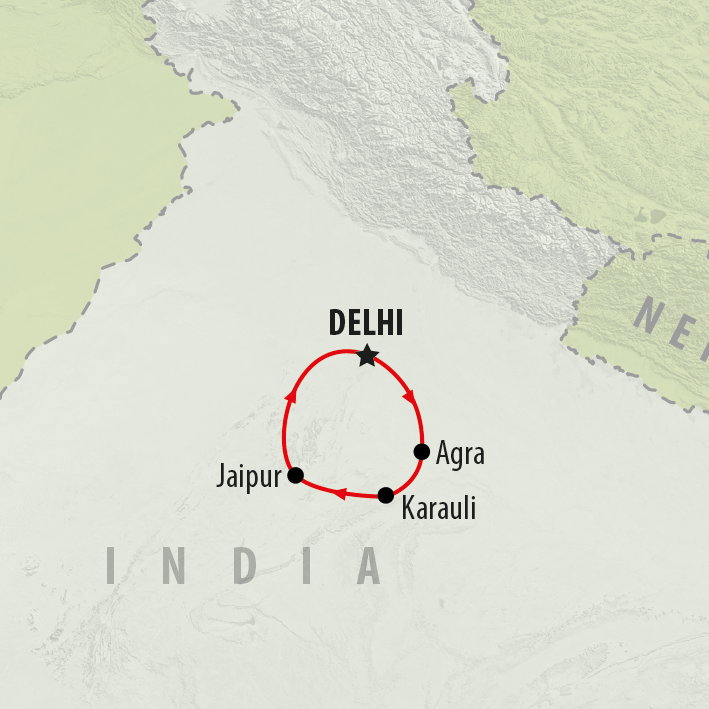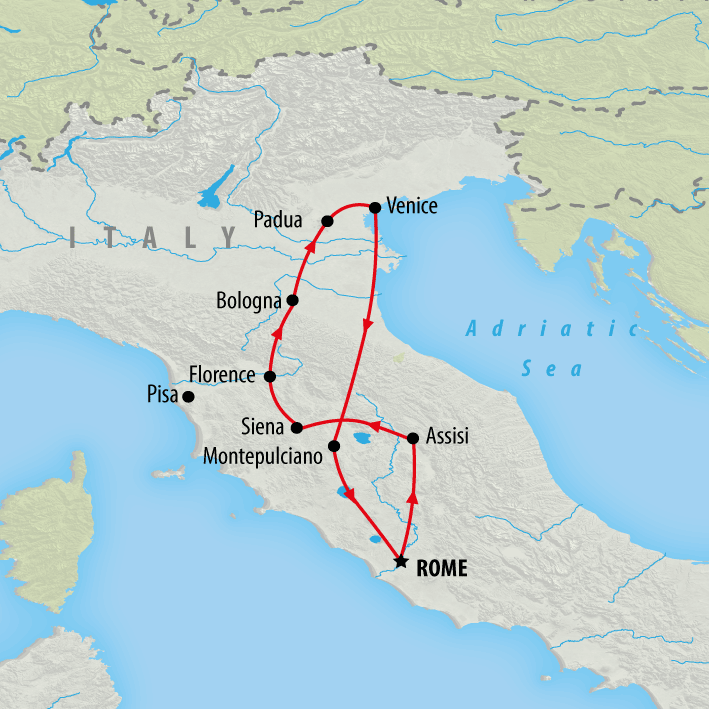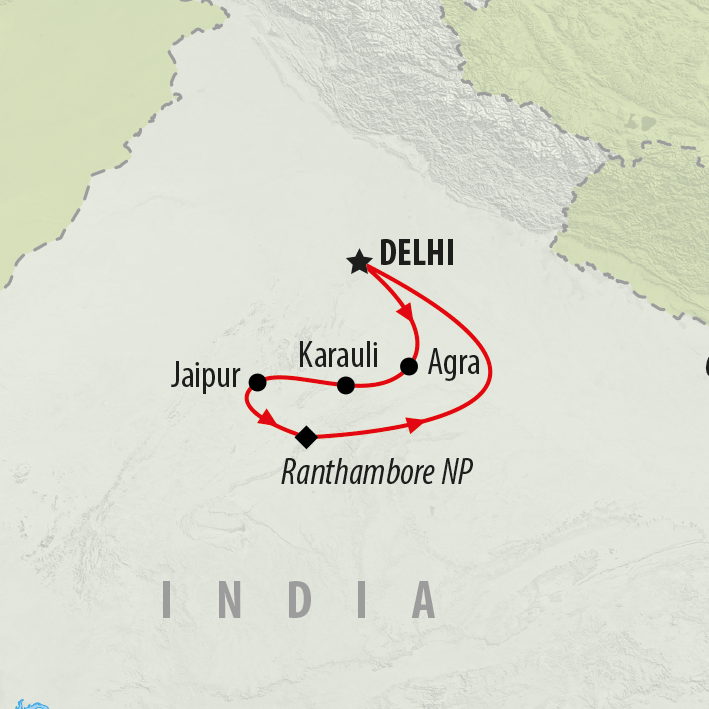Top 10 Wonders of The WorldVisit these bucket list destinations on a guided tour and discover the beauty of our top 10 wonders of the world.
When do you want to go?
2024
I'm flexible
Passengers
Adults (18+)
Children (0 - 17)
Top 10 Wonders of The World
Discover our top picks for the 10 best wonders of the world.
Machu Picchu
Sitting on a mountain ridge overlooking the River Urubamba in Peru, the incredible Inca city of Machu Picchu is the best-known archaeological site in all of South America. Left abandoned by the Incas with the arrival of the conquering Spaniards, the site was rediscovered in 1911 by American historian Hiram Bingham and was declared one of the world's New Seven Wonders in 2007. The outstanding UNESCO-listed complex consists of beautiful stone palaces and temples, polished dry-stone storehouses and stairways, and agricultural terraces that were built in order to exploit the rugged terrain. At an elevation of 2,430 meters above sea level, the site is often veiled in morning mists, and nothing can prepare you for your first glimpse of Machu Picchu as the sun rises.
The Northern Lights
Picture draping sheets of neon-colored light dancing across the sky, and you've imagined the Aurora Borealis, or the Northern Lights as they are commonly known. This natural phenomenon is caused by collisions between electrically charged particles and solar winds in the high altitudes of the Earth's atmosphere. These lights appear in many colors, from red and yellow to blue and violet, with hues of green being the most common. The lights also appear in many different forms, decorating the sky with snaking lines, arcs of color, and shooting rays. With their remarkable landscapes and Arctic winter conditions, Iceland and Norway are considered the best places to watch the Northern Lights, but you can also catch them in parts of America, Finland, and Sweden.
Victoria Falls
Forming a natural border between the neighbouring countries of Zambia and Zimbabwe, Victoria Falls is an awe-inspiring natural beauty with the world's largest sheet of water thundering over a wide, basalt cliff. The Falls are formed by the usually placid Zambezi River as it morphs into a raging torrent at its full width that plummets into a transverse chasm below a vertical drop. Its indigenous name of Mosi-oa-Tunya translates to 'the smoke that thunders' and it's an apt description for the columns of spray that rise from the depths of the gorge as more than five hundred million cubic meters of water drop from the edge of the Falls at the height of the rainy season. It's said that the noise of Victoria Falls can be heard from 40 km away. For the best views of Vic Falls, head to the sky for an exhilarating Microlight flight.
Petra
Carved from the pink-hued cliffs of a mountainous desert landscape, the ancient city of Petra is Jordan's leading attraction and one of the New Seven Wonders of the World. In prehistoric times, the Nabataean city was an important caravan centre on the route between Arabia and Egypt, and today a vast network of elaborate tombs, temples, and ingenious water management systems remain in a remarkable state of preservation. Nothing can quite prepare you for the sight of the exquisite Treasury facade slowly revealing itself as you make your way through the narrow and deeply cut canyon leading to the city's entrance. It's even more magical visited in the late evening, guided by candlelight and enveloped by the sounds of Bedouin pipe music gently floating on the breeze.
Cappadocia
The curious geology of the oddly shaped, ice cream-colored rock formations rising from the stark plains of Anatolia is the stuff of fairytales. Inspired by the natural erosion of the landscape, thousands of years ago humans began to carve out a spectacular chamber and tunnel complex from the soft rock, forming entire cave villages in Cappadocia with rock-hewn churches, cavernous living quarters, and store houses. The iconic pointy fairy chimneys hint at the extraordinary chiselled homes beneath, used as a place of religious refuge by Christians fleeing persecution from Rome in the 4th century. Days could be spent exploring the underground dwellings, but for an unforgettable view of the Göreme Valley and its chimneys, opt for a leisurely hot air balloon ride at sunrise, gently drifting over orchards and vineyards as the growing light changes the colours of the volcanic terrain.
Mount Everest
Located on the border between Nepal and Tibet, the towering peak of Mount Everest is one of the world's tallest mountains as well as one of the most well-known. The mountain range is estimated to have formed over 60 million years ago as the Indian and Asian tectonic plates pushed up against one another, and the rocky summit continues to grow 0.25 inches each year with this movement. It has been known to the local indigenous peoples for centuries, whose name for the mountain means 'goddess of the universe’ but was not identified by the Western world until 1841 with a British survey led by Sir George Everest. Today hundreds of intrepid climbers attempt to scale the towering peak each year, but to truly appreciate the sheer scale and breath-taking mountain vistas, take an early morning scenic flight from Kathmandu.
Abu Simbel
Located on the western bank of Lake Nasser, the two massive rock-cut temples of Abu Simbel are a UNESCO World Heritage Site and one of ancient Egypt's most impressive sights. Built in the 13th century to commemorate a victorious battle and to immortalise Pharaoh Ramses II, the temple features four gigantic statues of Ramses himself, carved into a cliff face, unblinking as they purvey the entrance into Egypt from Africa. The temple was discovered by a Swiss explorer in 1813, buried deep in sand, and over a century on had to be moved from its original location as the High Dam in Aswan threatened to submerge the temple in what became Lake Nasser. The temples of Abu Simbel are best reached on a return flight from the Nubian city of Aswan with a few hours dedicated to exploring the inner sanctuary and marveling at the bas-reliefs.
Angkor Wat
With its five lotus-shaped towers, three-tiered galleries, and intricate bas-reliefs that decorate much of the immense temple, Angkor Wat is the glittering jewel in the Angkor Archaeological Park crown. Occupying a rectangular-shaped area of 500 acres and surrounded by a moat, it's the largest of all of Angkor's temples and one of the best preserved—in fact, it's the largest religious monument in the world. Designed as the earthly representation of Mount Meru, the abode of the ancient gods in the Hindu faith, and dedicated to Vishnu, Angkor Wat gradually transformed into a centre of Buddhist worship and features exquisite sculptures of heavenly nymphs alongside free-standing statues of Buddha. Watching the sun creep up from behind the temple's iconic silhouette and its image mirrored in the lily-strewn pond below is the best way to start your exploration of this incredible site.
Taj Mahal
Its architectural perfection has earned the Taj Mahal its reputation as being the most beautiful building on the planet. Completed in 1653 under Shah Jahan as a memorial and ever-lasting tribute to his beloved wife who died during childbirth, the complex consists of the impeccably symmetrical domed marble tomb surrounded by four minarets, attractive gardens leading to the tomb, and two red-sandstone buildings. Some 20,000 artisans from across India, Central Asia, and even Europe worked on the project that required elaborate decorative elements, including inlays of precious stones and exquisite marble screens. Stunning at any time of day, the visual beauty of the Taj Mahal reaches its peak at sunset when the sky turns a soft glow of orange and pink, transforming the white marble surface into a delicate rose hue.
Great Wall of China
Stretching some 20,000 km from the Yellow Sea in the east to the Gobi Desert in the west, the Great Wall of China is the world's longest man-made barrier, measuring seven meters wide and up to 14 meters high. Snaking its way along forested mountain ridges, the Wall is more than 2,000 years old and punctuated by watchtowers that would have housed soldiers, stored food, and concealed weapons. It may not be visible from space, as the popular myth would have you believe, but it's no less spectacular, with wild, ruined sections meeting perfectly restored portions that beautifully display the true might and achievement of China's ancient emperors. Spend a night beside the Wall for the chance to watch the sunset and rise the following morning, bathing the Wall in varying light for optimal photography opportunities without the day-tripping crowds.
Tours to the Wonders of the World
With our range of tours visiting many wonders of the world, you are sure to find your dream tour with us at On The Go Tours!
Our customers say
Excellent
4.4 out of 5 based on 275 reviews


